ryunin
TPF Noob!
- Joined
- Jan 17, 2010
- Messages
- 89
- Reaction score
- 0
- Location
- Prague, the Czech Republic
- Website
- www.romanvalekphotography.com
- Can others edit my Photos
- Photos NOT OK to edit
Hi everyone, I am completely new here and would like to ask some questions about film photography and photograpy in general. I am very confused about several things, although I have been looking for replies and answers to my questions all over the world, I mean books, forums, articles.
After one year of shooting digital I could not resist to try film. Then I also read about all those advantages and disadvantages of film, I don't want to discuss that here, I think that's solved for me and I still want to shoot digital in situations I cannot handle with film.
I had questions about film and entered one special darkroom forum and after a few posts I was more or less kicked out. My questions provoked the members and some even thought I was making fun of them. It's difficult for me to ask "proper" questions. So here I hope I find someone patient to help me in my confusion.
I'd like to organize my priorities when learning to become a decent film photographer. I have read several books about photography and how to shoot this and that and at least with digital, using RAW I think I can handle most common exposure situations and set my digital camera properly. Of course, exposure in film is to me, a different story. I think I have covered the very basic about photography in general. Now I don't know what the next step would be and here I feel I am at an intersection. If you look at my website, you will better understand what stage I have reached and maybe suggest how to proceed further on. But I'd like to ask some very naive and maybe silly questions, I just can't answer them myself. Thank you very much.
After one year of shooting digital I could not resist to try film. Then I also read about all those advantages and disadvantages of film, I don't want to discuss that here, I think that's solved for me and I still want to shoot digital in situations I cannot handle with film.
I had questions about film and entered one special darkroom forum and after a few posts I was more or less kicked out. My questions provoked the members and some even thought I was making fun of them. It's difficult for me to ask "proper" questions. So here I hope I find someone patient to help me in my confusion.
I'd like to organize my priorities when learning to become a decent film photographer. I have read several books about photography and how to shoot this and that and at least with digital, using RAW I think I can handle most common exposure situations and set my digital camera properly. Of course, exposure in film is to me, a different story. I think I have covered the very basic about photography in general. Now I don't know what the next step would be and here I feel I am at an intersection. If you look at my website, you will better understand what stage I have reached and maybe suggest how to proceed further on. But I'd like to ask some very naive and maybe silly questions, I just can't answer them myself. Thank you very much.


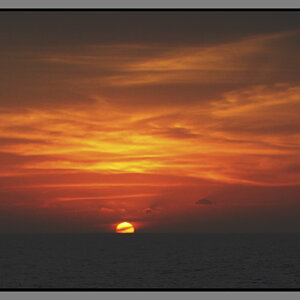
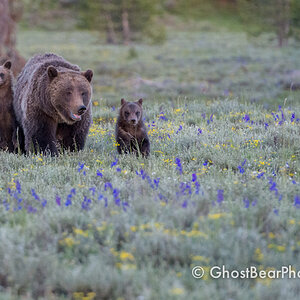
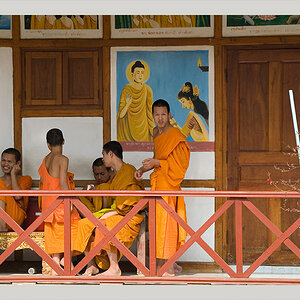


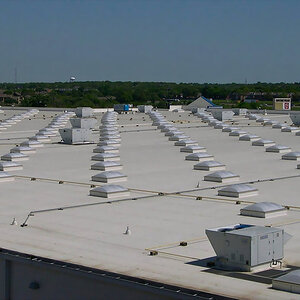
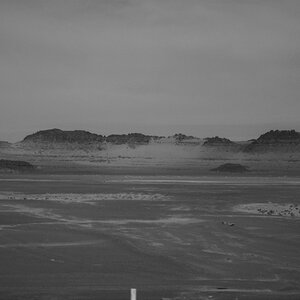
![[No title]](/data/xfmg/thumbnail/31/31743-3b294ee78fc71e7bfc025b01eafb0c2d.jpg?1619734986)
![[No title]](/data/xfmg/thumbnail/33/33343-857a08c1327857172779bfe49f06f638.jpg?1619735911)
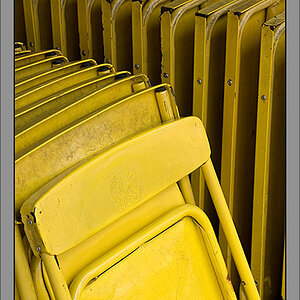
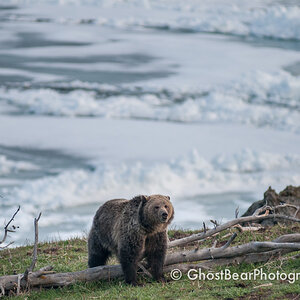
![[No title]](/data/xfmg/thumbnail/31/31045-f4eb92f5d5eaca89ec5966763eea2dae.jpg?1619734585)